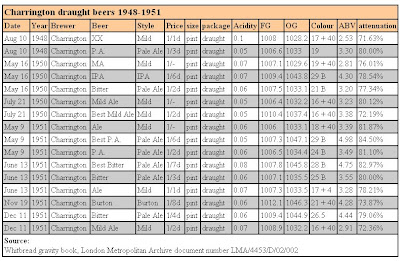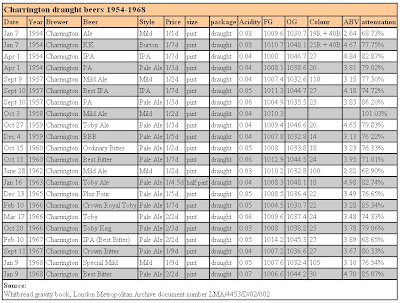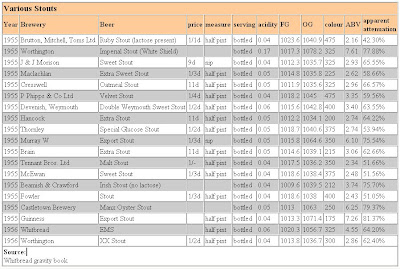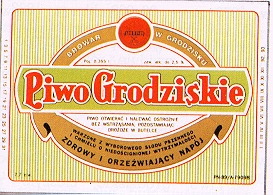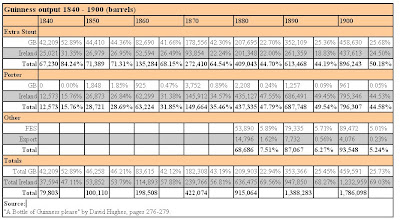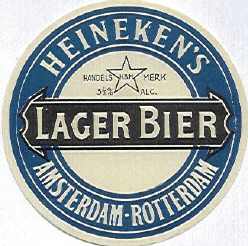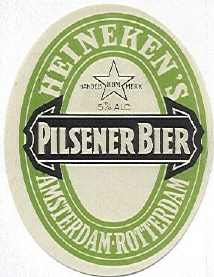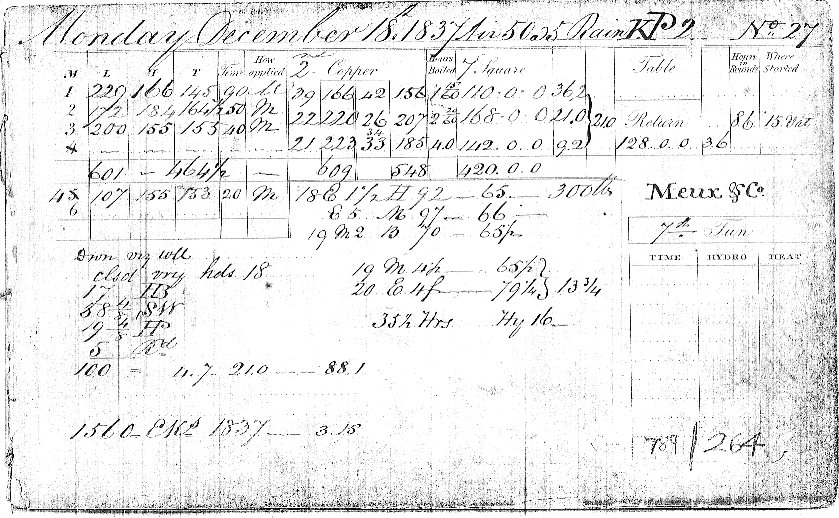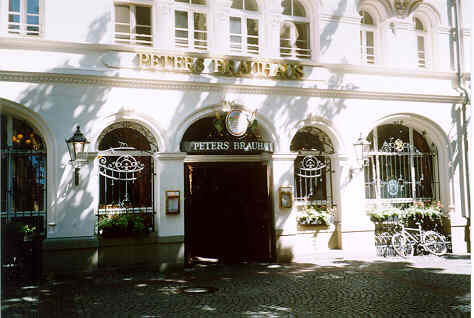Dutch Oud Bruin has escaped the attention of most beer stylists. Sometimes mistaken for the Belgian beer of the same name, it's about as different as you can imagine.
Dutch Oud BruinLow in alcohol (2.5-3.5% ABV), bottom-fermented and sweetened with saccharine, I can understand why it doesn't feature in microbrewers' portfolios. Not that the Belgian version is much more popular, but it has the "extreme" tag that drags in a few parcel-pullers. Both are brown in colour. That's about where the similarity ends. Dutch Oud Bruin even gives a lie to half it's name by not being old.
As was the case across northern Europe, the first lagers brewed in the Netherlands were all dark. Münchners mostly, but sometimes the darker Kulmbacher style. Well into the 20th century Münchners formed a significant part of the Dutch beer market. Marginalised by the unstoppable advance of Pils, they disappeared in the late 1950's or early 1960's.
It's confession time. I haven't had a chance to analyse properly the material I have on Dutch beer. So excuse me if my tale is a little sketchy in places.
In the 1930's, Heineken brewed three dark lagers: Beiersch Bier, Münchener Bier and the seasonal Bokbier. (And possibly Tafel Bier. I don't know what colour that was.) No beer called Oud Bruin. So it seems the the Oud in the name refers neither to the age of the beer or the age of the style: both are young.
"Van Brouwerij to Bierglas" by F. Kurris, 1948, pages 20-24, lists the following Dutch beer types: Lager, Pilsener, Dortmunder, Münchner, Maastrichts Oud and Breda's Bruin. So an Oud and a Bruin, but no Oud Bruin. What is mentioned is Jong Bier - a Lager (a weakish bottom-fermenting beer of 9º to 11º Plato) that underwent secondary fermentation in the cask. To disguise the presence of yeast, it was coloured with caramel. It was also sweetened with saccharine. There was also bruin Lager, sweetened and coloured Lager without yeast.
The first mention I've seen of Oud Bruin is a Heineken label from the 1950's. It seems reasonable to assume that this was a renaming of the Lager. Some breweries - De Ridder, for example - still used the name Donker Bier for their Oud Bruin until relatively recently.
What's intriguing is that while at the full-strength level (5% ABV) the dark version, Münchner (in latter years Pils coloured with caramel), died out, at the weaker strength (3.5% ABV) pale Lagerbier has died out, but the dark version still survives. Don't ask me why this might be.
The first time I tried Dutch Oud Bruin is still fresh in my memory. It was in 1982 during my first trip to Holland with Harry and Johnny Ash. We were in Deventer. Most of the pubs didn't sell anything but Pils. I was really excited when, after asking what else they had, a barman told me that they had a bottled dark beer. My excitement evaporated after the first sip. Even for a hardened Mild drinker, it was ridiculously sweet and watery.
During my attempt to taste every beer brewed in Holland, I renewed my acquaintance with Oud Bruin. OK, they are too sweet, but I found most breweries Oud Bruins much better beers than their Pilsners. I'm not sure exactly what that means, but I'm pretty sure it isn't complimentary about the quality of Dutch Pils.
Belgian Oud BruinI always support the underdog. With a recent revival in the fortune's of Gueuze, Oud Bruin is one of Belgium's most threatened styles. There are very few left and most are made in tiny quantities. I'm sure that you all know this already, but I'll say it just for completeness. Belgian Oud Bruin is a standard-strength dark beer, soured during secondary fermentation in oak vats. It's probably coloured with caramel. I know that Rodenbach is.
Oudenaarde is spiritual home of Oud Bruin. There used to be four breweries in the area producing it: Clarysse, Roman, Liefmanss and Cnudde. My personal favourite was Felix from Clarysse. A bit sweet when young, it aged beautifully becoming nicely balanced after two or three years in the bottle. Though the brewery closed several years ago, the beer continues to be brewed by Verhaeghe. It isn't quite what it used to be.
Liefmans have bumped up the strength of Goudenband so much - it's now 8% ABV, that it isn't really an Oud Bruin any more. I haven't seen Roman Oudenaards for quite a few years. It wasn't that great, but it would still be sad if it had disappeared. Cnudde has never been easy to find. They only brew a handful of times a year and the beer is only available on draught. And only in half a dozen cafés in Eine.
 I should have had my first beer brewed to order in 2007. For various reasons, it didn't work out. But the brown malt is ordered and the label design ready. In the next few months my Whitbread recreations should be born. Wish two for 2008: my beers are brewed and taste good.
I should have had my first beer brewed to order in 2007. For various reasons, it didn't work out. But the brown malt is ordered and the label design ready. In the next few months my Whitbread recreations should be born. Wish two for 2008: my beers are brewed and taste good.





